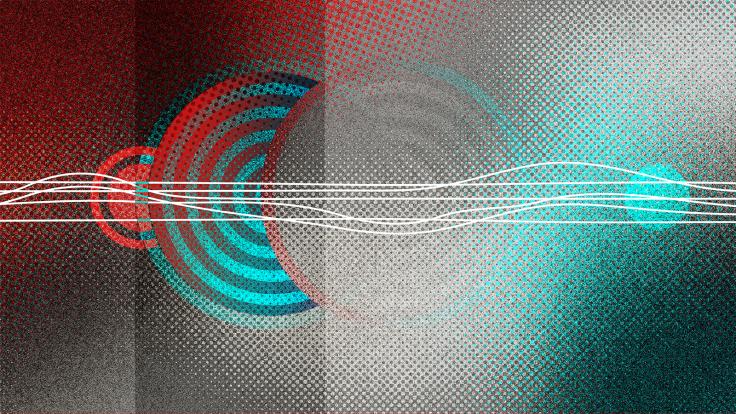Explain it in 60 seconds
Antimatter is made up of particles with equal but opposite characteristics of everyday particles of matter. Consider this analogy: dig a hole, and make a hill with the earth you’ve excavated. Hole and hill have equal but opposite characteristics—the volume of the earth in the hill, and that of the hole where the earth was removed.
For particles, properties like electrical charge are opposite to their antiparticles—one positive, one negative. Also, antimatter will annihilate its matter counterpart in a burst of energy, just like the hill will fill the hole, leaving neither.
The universe seems to contain no significant amounts of antimatter, despite expectations that both should have been created equally during the Big Bang. So where did all the antimatter go? One possible explanation could be a subtle and unexpected difference in the properties of matter and antimatter, leading to a slight excess of matter which survived the initial cataclysm of matter-antimatter annihilation.
Experimenters are producing antimatter in particle accelerators to search for and study this difference. Antimatter also has real-life medical applications, such as positron emission tomography—PET scans. But because producing antimatter even in minuscule quantities is very difficult, it will unfortunately never power any future Starship Enterprise.













